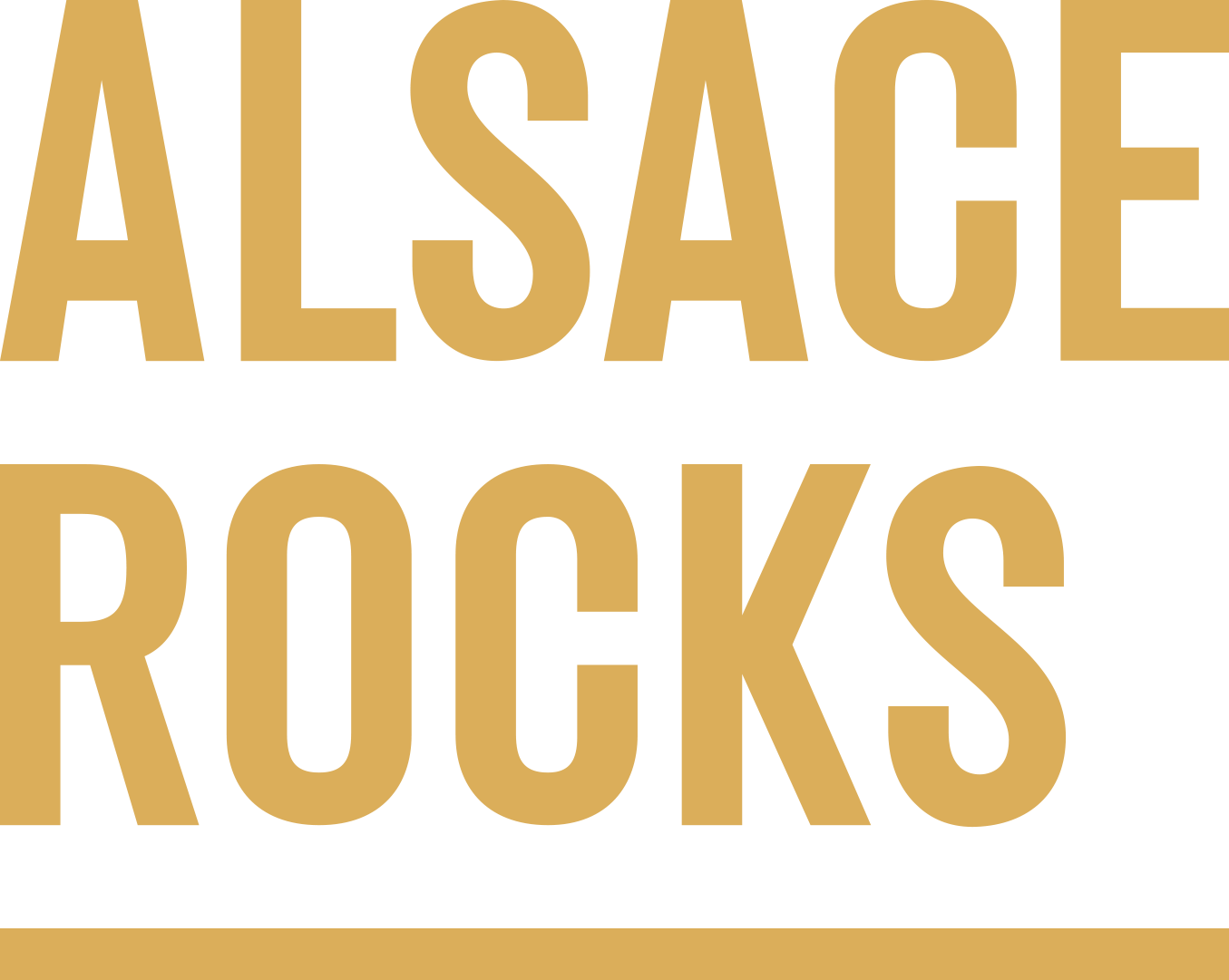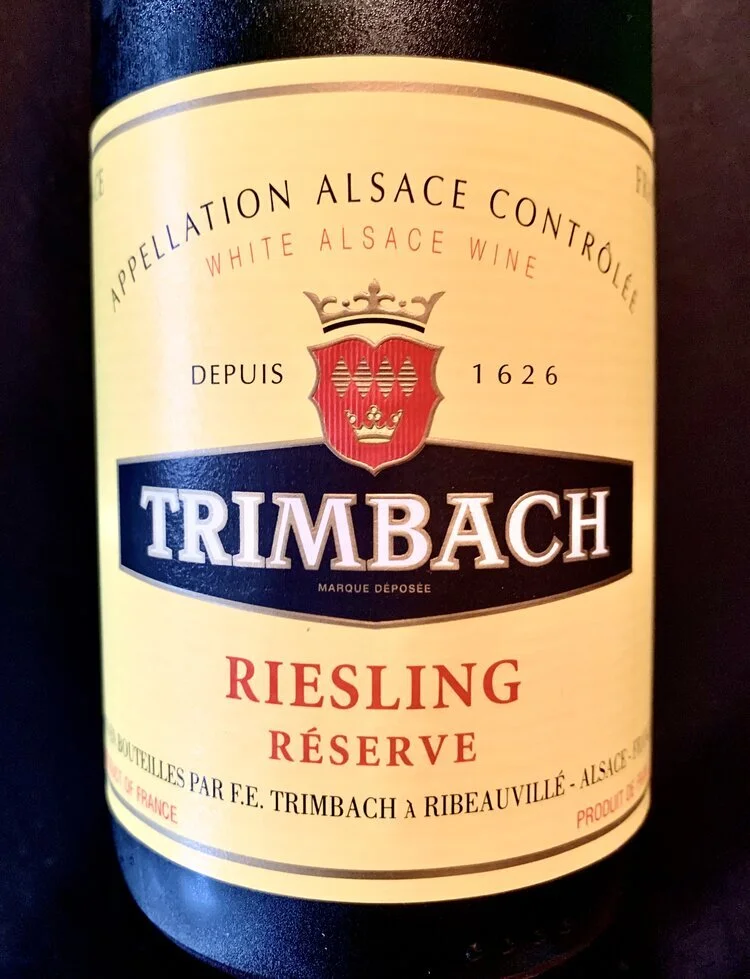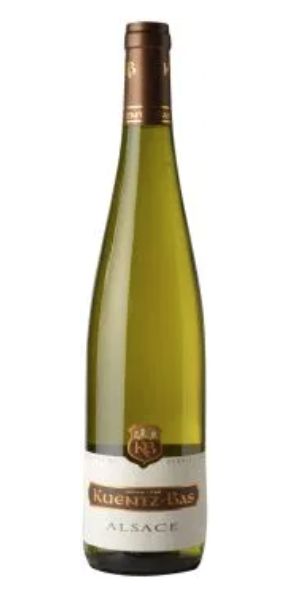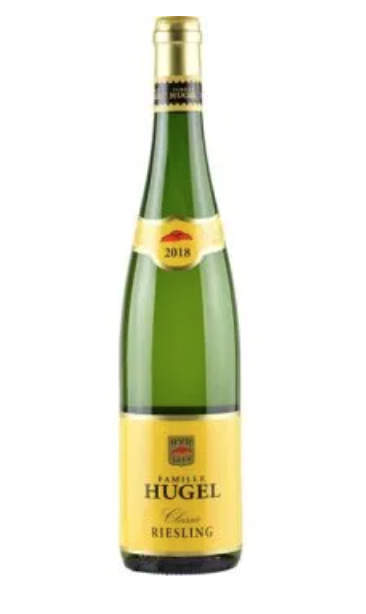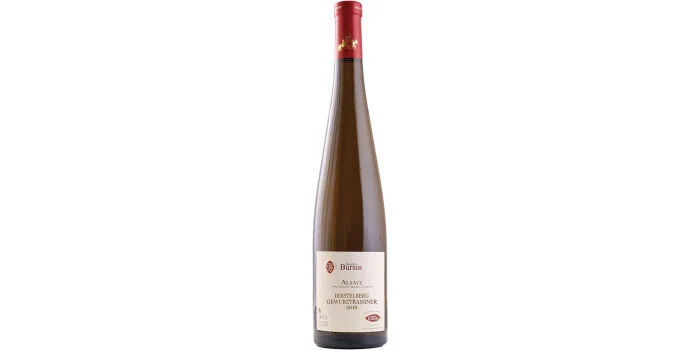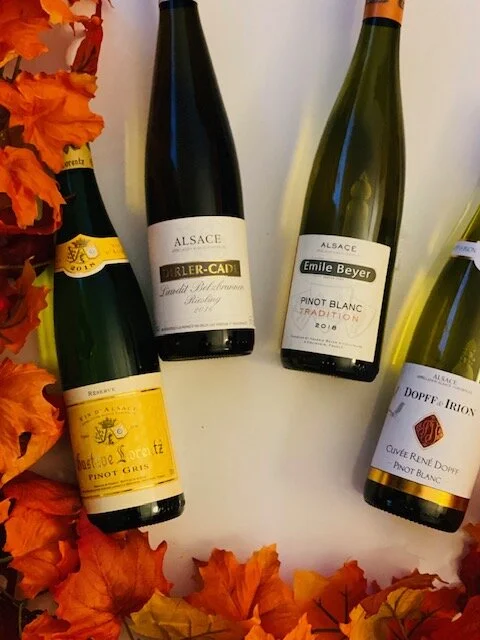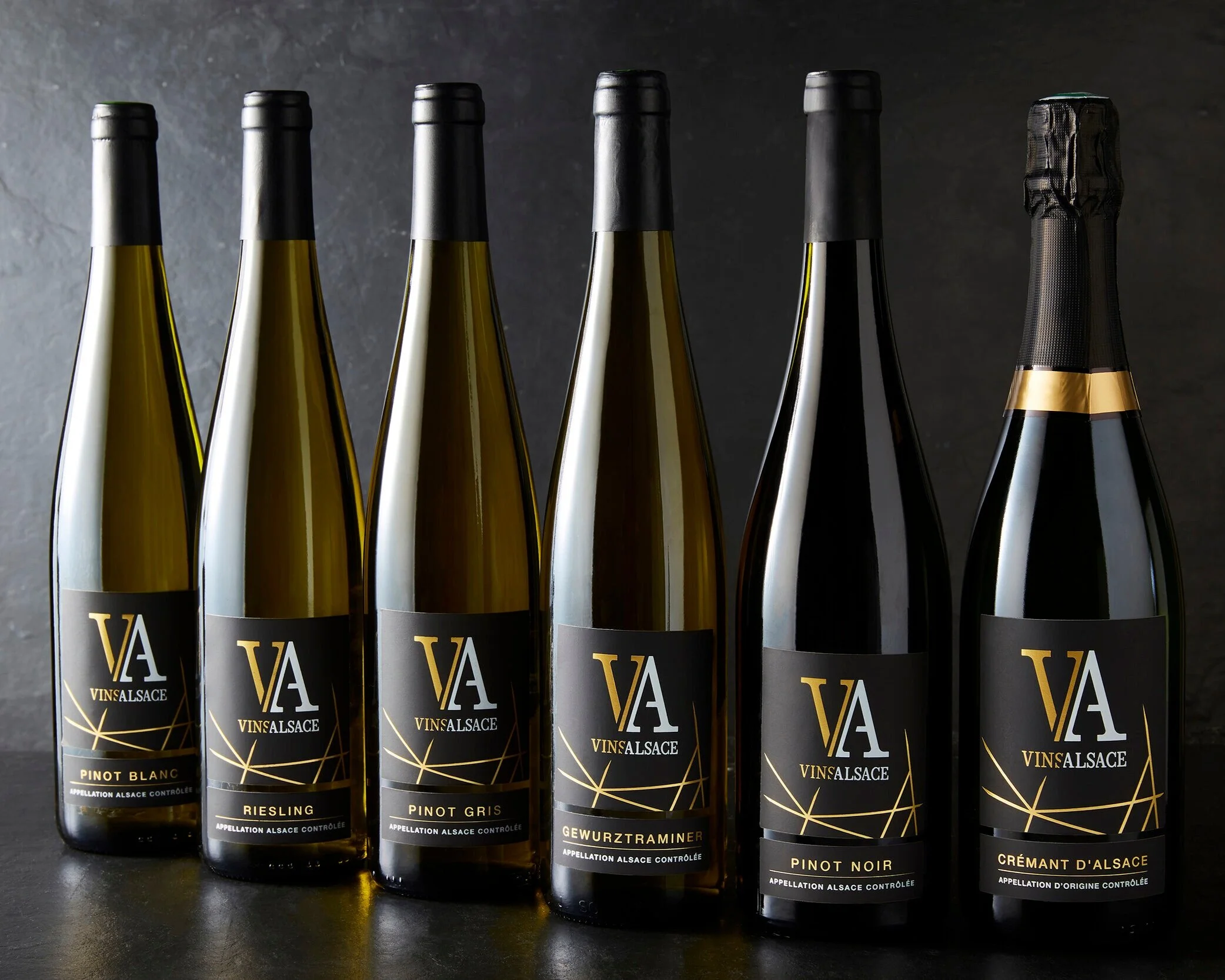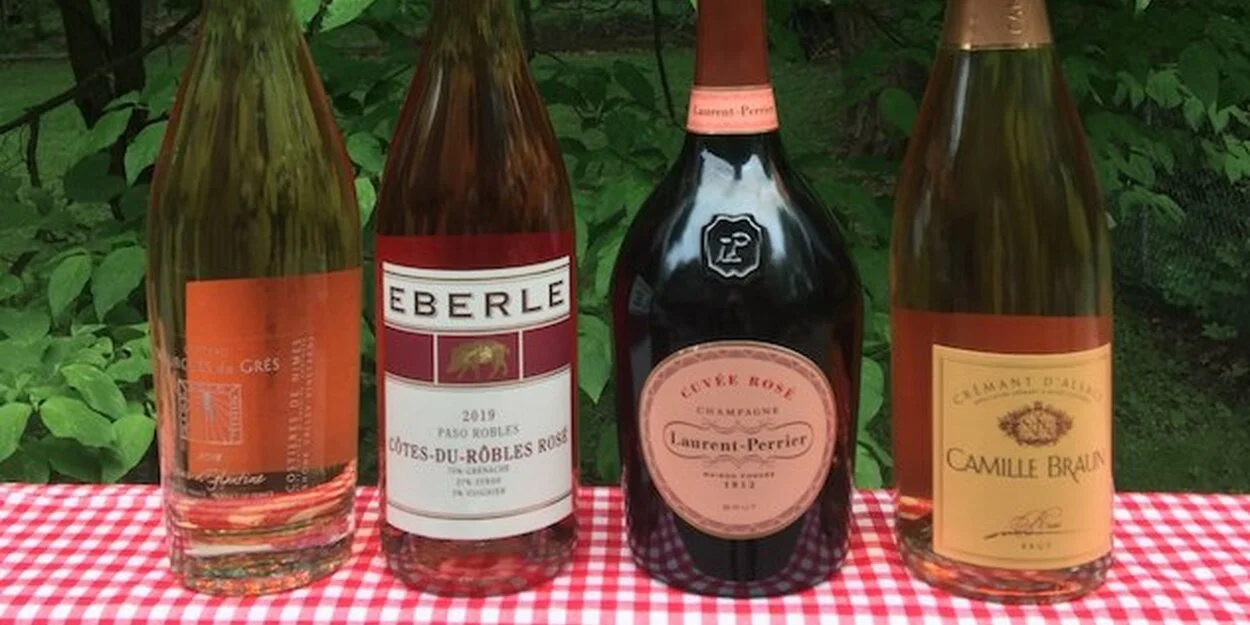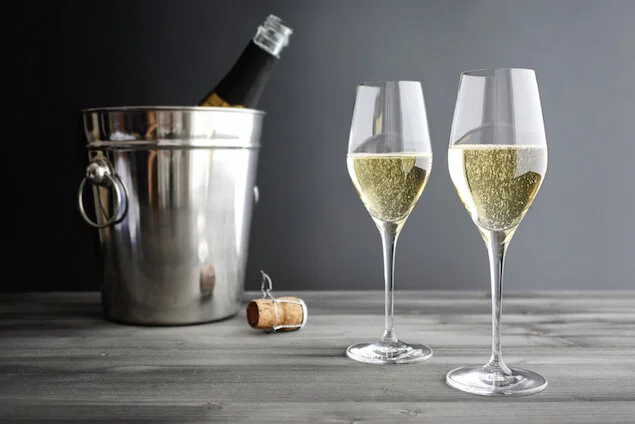Alsace is located in the northeastern corner of France. Its juxtaposition makes it a fascinating study on geography and history, as the region has switched hands between France and Germany several times. The region makes aromatic and expressive Rieslings from passionate winemakers that have been making wines for centuries. The wines are exceptionally unique as Alsace is one of the most geologically diverse regions in the world.
Alsace Rocks
Alsace is located in between the Vosges Mountains and the Rhine River. The mountains protect the region from ocean influences like rain and wind, making Alsace one of the driest in France. The climate is continental with warm dry summers and cold winters. In between the mountain and the river is the Alsatian Wine Route, one of the most famous and oldest in France.
Alsace blends the best of France and Germany into one unique wine region. It is a picturesque region with rolling hills and charming villages of colorful timber homes that remind you of scenes from Hansel and Gretel. Along the wine route, you find many beautiful vineyards and restaurants. The wine and gastronomy of Alsace is a wonderful fusion of French and Germanic influences.
The geology and soils of Alsace are one of the most diverse in the world. There are 13 distinct soil types from 8 mother rocks, allowing winemakers the opportunity to pick the type of grape that is best suited for its soil type. This results in wines that are complex and concentrated. Often times as I sip Alsatian wines, I feel as if I am drinking rocks(and I mean that in the most positive way), as the minerality of the soil types is very prominent in the wines. The wines are a clear expression of their terroir and a clear expression of its soils.
Alsace Rieslings
Riesling is the darling of Alsace. The wines are rarely ever oaked and are dry, crisp and extremely food-friendly. What many Riesling drinkers don’t realize is that most Alsatian Rieslings are dry. Some do have residual sugar, but the sugar is typically balanced with nice zesty acidity.
Alsace Rieslings offer a quality that is exceptional with great value in terms of price. Alsace Rieslings are adored among wine professionals. These wines are versatile and food-friendly and don’t require aging, though some grand cru Rieslings do well with a bit of cellaring.
Pairing Alsatian Rieslings with Food
There are no borders when it comes to gastronomy and wine pairing with Alsace Rieslings. Local Alsatian fare along with Japanese, Indian, Korean, Chinese, Mediterranean, and even Mexican are possible cuisines to pair with these wines. My favorite pairing is sushi with the Famille Hugel Classic Riesling and fish tacos with the Trimbach Riesling. If you want a more traditional local pairing, try the Kuentz-Bas Riesling with flammekueche (tarte flambée). Flammekueche is the local Alsace version of pizza that is made with a thin pastry, smothered with crème fraîche, onions and a sprinkling of diced bacon,
Grab your tall slender bottle of Alsace Rieslings and your favorite food pairing. Riesling as an aperitif is also perfect when paired with the Alsace Rocks Official Playlist.
Three Alsace Rieslings To Drink Now
Famille Hugel Classic Riesling 2018
This Riesling is the Famille Hugel’s signature wine. This dry Riesling stands out for its finesse and frankness and is the ideal partner to fish and seafood thanks to its wonderful balance and elegance. Dry and elegant, it expresses itself best on their steepest slopes with the most complex minerality.
Kuentz-Bas Riesling 2018
This Riesling shows great varietal character and regional typicity. Bone-dry on the palate, it features intense, clean aromas with excellent minerality. It showcases what well-made Riesling from Alsace can taste like. While it makes for a delicious aperitif, this wine truly shines at the table. You’ll find it marries with anything from traditional Alsatian fare to more creative and exotic dishes, with wonderful results.
Trimbach Riesling 2017
The Trimbach’s have a purist vision. For three centuries the family has produced wines that are structured, longlived, fruity, elegant and balanced. There is a beautiful straw color with green edges in the glass. There are fine mineral fragrances of ginger and caraway seeds. Flavors of white peach, quince and lemon on the palate with a lingering, clean and dry finish. Pairs perfectly with marinated or grilled fish and sushi.
